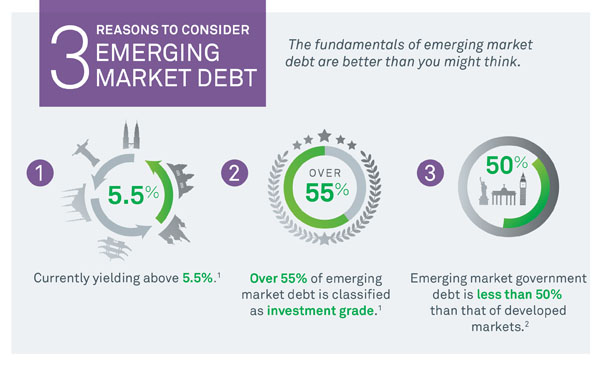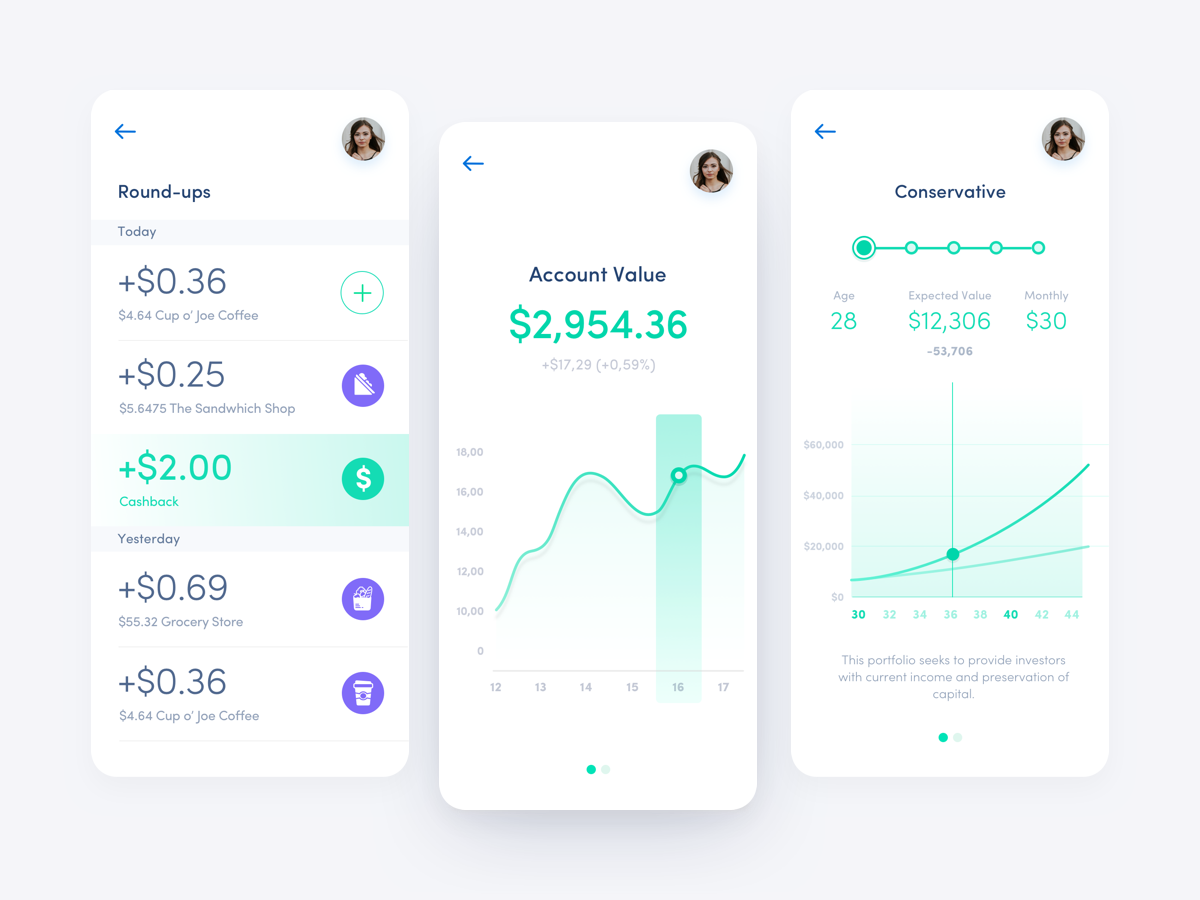
Forex risk management can be viewed from many angles. Leverage is a major factor. Stop-loss adjustments also play a significant role. Trades during major economic events are another important aspect. Forex risk management involves keeping your cool in a volatile marketplace. The following guidelines will help you to stay within your risk levels. We will be covering several other aspects of Forex risk management in the next article. These will be followed by information on Stop-loss adjustments as well as trading during major events.
Leverage is an important component of forex risk management
A trader must always choose a level of leverage that is comfortable for them. You should leverage smaller balances to 1:30 or below. Higher leverage can be used by more experienced traders. As you can see, leverage can provide a big advantage when used properly. This type leverage is not for everyone. Leverage is an important part of forex trading. But it should not be used in excess.
Forex trading involves high leverage to increase trading power and purchasing power. This leverage can be a great way for traders to increase their profits but also poses risks. Forex traders should avoid leverage of more than 30 percent.

Stop-loss adjustments
Stop-loss adjustments can be a crucial part of forex risk management. They can be used to determine the risk of a trade, and set a predetermined return/risk ratio. However, the most important factor in effective stop-loss placement is using market structure. Fibonacci regression, moving averages and support and resistance levels are all popular options. By following these rules, you can easily increase or decrease your stop-loss amount and maintain your trade position.
A common example is a trader in Los Angeles initiating a position in the Asian session. He may be hopeful for volatility during either the North American or European sessions but is wary about taking on too much equity. The 50-pip stop-loss option can be a great way to limit risk, without having to give up too much equity. Using recent market information to analyze risk management options can be a key part of forex trading.
Trading during major economic events
FX risk management must consider the impact on the market of major events. Event like the COVID epidemic or the U.S. China Trade War can lead to huge fluctuations in currency values. Investors might find it difficult to protect portfolios during major economic events, like the COVID-19 pandemic. It is important for businesses to remain vigilant in managing FX risk during major events.
The first step in identifying the extent and severity of FX exposure within your organization is to determine its risk. Finance departments will need to dig down into each exposure and gather granular data. FX derivatives might be a good option for a manufacturer looking to buy major capital equipment. A detailed analysis of the business operations cycle can also help to identify the sensitivity profit margins are to fluctuations in foreign exchange markets. Additionally, companies can assess the cash flow forecasts and determine whether they need FX protection.

In a volatile market, keep cool
Investors are weighing whether to sell their stock or keep their strategy. This is due to recent volatility in the market. There are many options available to you. You could be debating whether or not to sell your stock, purchase something new, and burying your head in the sand. Investors are often at their most vulnerable when trying make a decision. How can you stay calm in volatile markets. Below are some tips to help you stay calm in a volatile market.
First, keep a long-term perspective. Market volatility makes it difficult for you to accurately predict it. Although there is no guaranteed way to accurately time the market, it is essential to have a long-term outlook and stay logical. Multi-asset approaches can help reduce your risk and ensure that you remain calm in any situation. You could lose your money if you don't see the long-term.
FAQ
How are share prices set?
Investors are seeking a return of their investment and set the share prices. They want to make money from the company. They purchase shares at a specific price. If the share price goes up, then the investor makes more profit. Investors lose money if the share price drops.
Investors are motivated to make as much as possible. This is why investors invest in businesses. They can make lots of money.
What is the difference between non-marketable and marketable securities?
The key differences between the two are that non-marketable security have lower liquidity, lower trading volumes and higher transaction fees. Marketable securities are traded on exchanges, and have higher liquidity and trading volumes. You also get better price discovery since they trade all the time. There are exceptions to this rule. There are exceptions to this rule, such as mutual funds that are only available for institutional investors and do not trade on public exchanges.
Non-marketable securities tend to be riskier than marketable ones. They usually have lower yields and require larger initial capital deposits. Marketable securities tend to be safer and easier than non-marketable securities.
A large corporation bond has a greater chance of being paid back than a smaller bond. This is because the former may have a strong balance sheet, while the latter might not.
Because of the potential for higher portfolio returns, investors prefer to own marketable securities.
Why is a stock called security?
Security is an investment instrument whose value depends on another company. It may be issued either by a corporation (e.g. stocks), government (e.g. bond), or any other entity (e.g. preferred stock). The issuer can promise to pay dividends or repay creditors any debts owed, and to return capital to investors in the event that the underlying assets lose value.
Can bonds be traded?
They are, indeed! You can trade bonds on exchanges like shares. They have been for many years now.
They are different in that you can't buy bonds directly from the issuer. A broker must buy them for you.
It is much easier to buy bonds because there are no intermediaries. This means that selling bonds is easier if someone is interested in buying them.
There are many types of bonds. Different bonds pay different interest rates.
Some pay interest quarterly while others pay an annual rate. These differences make it easy for bonds to be compared.
Bonds are great for investing. In other words, PS10,000 could be invested in a savings account to earn 0.75% annually. If you invested this same amount in a 10-year government bond, you would receive 12.5% interest per year.
If all of these investments were accumulated into a portfolio then the total return over ten year would be higher with the bond investment.
Statistics
- Even if you find talent for trading stocks, allocating more than 10% of your portfolio to an individual stock can expose your savings to too much volatility. (nerdwallet.com)
- Our focus on Main Street investors reflects the fact that American households own $38 trillion worth of equities, more than 59 percent of the U.S. equity market either directly or indirectly through mutual funds, retirement accounts, and other investments. (sec.gov)
- The S&P 500 has grown about 10.5% per year since its establishment in the 1920s. (investopedia.com)
- Individuals with very limited financial experience are either terrified by horror stories of average investors losing 50% of their portfolio value or are beguiled by "hot tips" that bear the promise of huge rewards but seldom pay off. (investopedia.com)
External Links
How To
What are the best ways to invest in bonds?
An investment fund, also known as a bond, is required to be purchased. You will be paid back at regular intervals despite low interest rates. You can earn money over time with these interest rates.
There are many ways to invest in bonds.
-
Directly buy individual bonds
-
Buy shares of a bond funds
-
Investing through a broker or bank
-
Investing through financial institutions
-
Investing via a pension plan
-
Invest directly with a stockbroker
-
Investing via a mutual fund
-
Investing through a unit-trust
-
Investing in a policy of life insurance
-
Investing through a private equity fund.
-
Investing through an index-linked fund.
-
Investing with a hedge funds